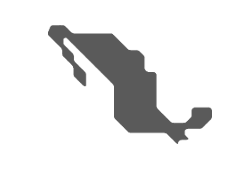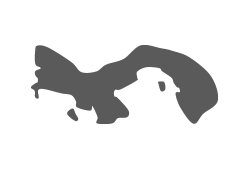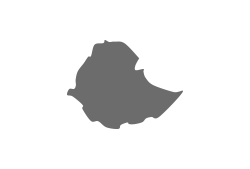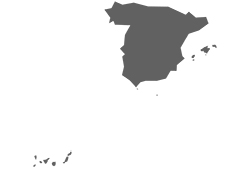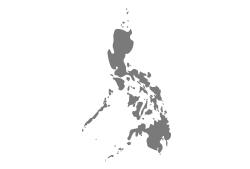'Luz en Casa Oaxaca' brings electricity to 30,000 people
04/05/2017- The ‘Luz en Casa Oaxaca’ programme achieves its target of bringing electricity, with Third Generation Solar Home Systems, to villages in the State of Oaxaca with no electrification plans and population less than 100, attending to 30,000 users (more than 7,500 households).
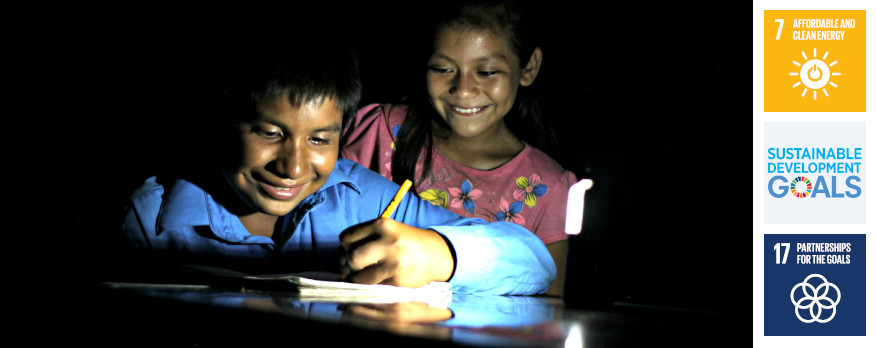
The ‘Luz en Casa Oaxaca’ programme has been developed, during the last four years, by the Public-Private Partnership for Development between ACCIONA Microenergia Mexico, the Government of the State of Oaxaca, the Spanish Agency for International Development Cooperation (AECID) and the Mexican Agency for International Development Cooperation (AMEXCID). In 2016, ‘Luz en Casa Oaxaca’ ended its activities, having brought a basic electrification to about 30,000 Oaxaca villagers.
That innovative Public-Private Partnership for Development has implemented a management model that, based on the private initiative know-how, adds the support of different stakeholders from the public sector with economic, technical, and institutional resources, and from the society with the involvement of the users, as well as generous people around the world through the crowdfunding NGO Kiva.
A new delivery model has been promoted to provide sustainable and affordable electricity by introducing the third generation photovoltaic technology in the most backward communities. The access to electricity is decisive in the development of rural communities such as Oaxaca ones; advances in health, education and economy are no possible without access to electricity.
‘Luz en Casa Oaxaca’ gets 488 rural villages with population less than 100, in 7 Oaxaca regions where 11 ethnic groups live: Mixteco, Amuzgo, Triqui, Mazateco, Cuicateco, Chinanteco, Mixe, Huave, Chontal, Zapoteco and Chatino. This programme offers a solution that contributes to their development by providing 7,512 households (about 30,000 people) with access to electricity by means of a third generation solar home system (3GSHS). This 3GSHS offers daily at least 4 hours of electric lighting with three lamps, mobile charging, and connection to low-consumption, compatible electric devices (radio, etc.). These services impact positively in the users’ health, education, economy and environment:
- 30,000 users can use almost 11,000,000 h/year of electric lighting that minimize the risk of eye and lung diseases, due to use alternative energy elements such as oil lamps and firewood, which do not light enough and generate harmful smokes;
- by avoiding the use of those energy elements and others such as disposable-battery-operated torches, they save more than 16,500,000 MXN per year (about 800,000 €);
- they spend more than 4,700,000 additional hours per year in their daily activities due to the available lighting; they increase their artisan and cooking tasks as well as their small shops’ opening hours, and they can offer new services such as mobile or radio charging. These allow them to obtain higher income;
- about 9,000 schoolchildren use 500,000 additional hours per year in doing their homework. That returns, in the short term, the extension of their primary schooling in 0.4 years and the increase of children registered in secondary school in 11% and, in the long term, increasing the prospect of having access to qualified jobs and so leave the poverty, and finally;
- the 7,512 3GSHS avoid the emission of more than 1,200 t CO2 and the non-controlled disposal of 13.3 t batteries yearly.
To maintain and increase those impacts in the long term, guaranteeing the offered electric service is essential. With this aim, a network of six Customer Service Centres (so called CAU) has been opened in reference towns for the attended communities. Those CAU give services such as advice, repair of 3GSHS and sale of 3GSHS-compatible, low-consumption electric devices.
And the users’ organizational abilities have been impacted too, by means of the 488 Photovoltaic Electrification Committees (so called CEF) created in every attended community; the CEF members –including one woman at least in each committee- are elected by and among the users to be their representatives in the programme. The CEF form an accessing network to those isolated communities that can be used for other social interventions.
Summing up, the ‘Luz en Casa Oaxaca’ programme contributes to the universal access to electricity in Oaxaca. It is one of the electrification actions that have been performed during the last years in this Mexican state, where different initiatives have been developed with conventional and non-conventional electrification methods, in urban and rural areas, in the search of that universal access.
According to the data given by the State of Oaxaca Committee for Development Planning (so called COPLADE) in 2016, those electrification projects have reduced the number of Oaxaca households which did not have electricity in 2010 by 56%, that means about 27,000 houses (104,000 people); the 7,512 households of ‘Luz en Casa Oaxaca’ represent almost 70% of the houses electrified with non-conventional methods. It should be highlighted that, according to the mentioned COPLADE data, the investment in non-conventional electrification methods –such as ‘Luz en Casa Oaxaca’ 3GSHS- has been 5,800 MXN per household (about 260€), while the investment in conventional electrification has been 75,430 MXN per household (3,395€). That is, the isolated photovoltaic electrification per household represents 7.7% of conventional one.
Thus, the isolated rural electrification with third generation photovoltaics, which is proposed by the ‘Luz en Casa Oaxaca’ Programme, is an essential solution to bring affordable electricity in difficult settings. The active involvement of different actors proposed by the ‘Luz en Casa Oaxaca’ management model is also essential so as to have the resources and information that are necessary to complete the action.
This aspect was confirmed by representatives of the Oaxaca Government: “This project has become a public policy model. It is not only a Public-Private Partnership with ACCIONA and the Spanish Cooperation… Besides becoming a reality for the people who have now a service that lacked for many years, the governmental attention has been brought to localities which were not attended before […]”.
All this makes the ‘Luz en Casa Oaxaca’ Programme highly replicable in other settings, especially the isolated rural communities where the majority of the 30 million of Latin American People without access to the electricity live.
ACCIONA Microenergia and the Sustainable Development Goals
The Sustainable Development Goals (SDG) are included in the 2030 Agenda, a 15-year plan of action that favours the people, the planet and the prosperity. There are 17 SDG which are integrated and indivisible and that comprise the three dimensions of the Development: economic, social and environmental.
The rural electrification programmes of the ACCIONA Microenergia foundation impact on those three dimensions, and directly on the SDG 7, Ensure access to affordable, reliable, sustainable and modern energy for all.
Those programmes also impact, among others, on the SDG17, Strengthen the means of implementation and revitalize the Global Partnership for Sustainable Development: their multi-stakeholder management models combine compromises from the public, private and civil initiatives, nationally and internationally, that add the technical, managerial and economic resources which are necessary to develop initiatives that have the aim of favouring the development of very backward communities.
The ACCIONA Microenergia Foundation
It is the ACCIONA’s corporate foundation and has as objective the development cooperation, through the promotion of the access to basic services and infrastructures of people and communities that have no expectations of covering those needs.
Know about Light at home: lighting up the present to prosper in the future

